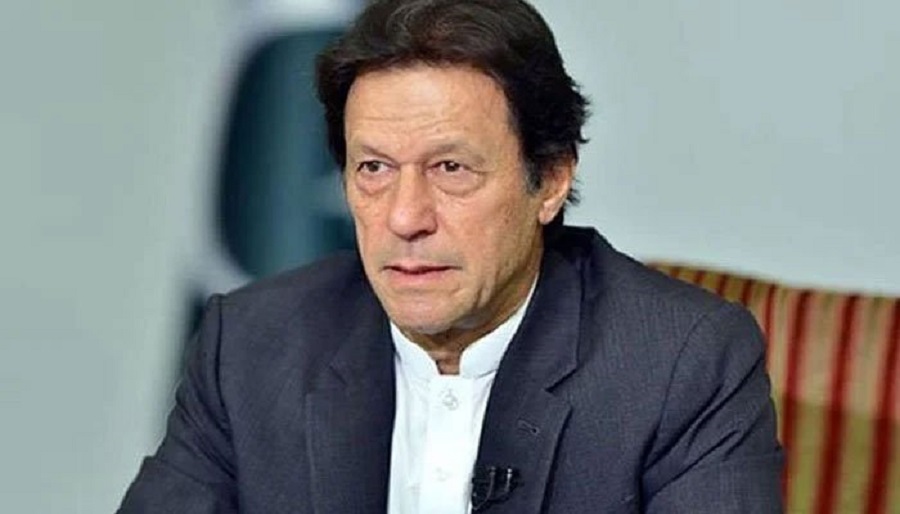
During the last days of his government, Imran Khan had asked the military establishment to contact his then coalition partners – the PMLQ, MQM and BAP --and ask them not to leave the government.
However, this request was not heeded because of the military establishment’s decision that it would stay away from political matters. Informed sources say that Khan expected the military establishment to prevent his government’s coalition partners from siding with the opposition’s no-trust move. When this was not done, it was very upsetting for Imran Khan, who in the past had enjoyed the unprecedented support of the military establishment.
After most of his coalition partners decided to support the then opposition’s no-trust motion against his government, the prime minister had contacted the top military leadership through his defence minister Pervez Khattak to discuss the available options for a possible agreement with the opposition. While Imran Khan and some of his party leaders had insisted that the options were brought to Khan by the army chief and DG ISI, defence sources say that the military leadership did not bring the opposition’s options to the then government; rather, the civilian government (basically defence minister Pervez Khattak) had telephoned the top brass and asked for a meeting to discuss the ongoing political scenario.
Following Pervez Khattak’s telephonic request, Chief of Army Staff Gen Qamar Javed Bajwa and the DG ISI had met Prime Minister Imran Khan. In their meeting, three options were mutually discussed between the civilian and military leadership.
The three available options that were mutually discussed between the government and military side after the filing of the no-confidence move in the National Assembly were: facing the no-confidence move, resignation or dissolving the assembly. However, the prime minister rejected the first two options and agreed to the third one which, according to him, was a workable solution, military sources say.
Imran Khan expected that the army chief and DG ISI would get the opposition to agree to the third option where Khan was willing to dissolve the National Assembly in return for the withdrawal of the no-trust move by the opposition.
Both the COAS and DG ISI had met the opposition leadership on the same day and conveyed the three options discussed between the military establishment and the civilian leadership. But the opposition rejected those options including the dissolution of the assembly. Shehbaz Sharif, Asif Ali Zardari and Maulana Fazlur Rehman -- all three had unanimously rejected the option and told the military leadership that they would go ahead with their no-trust move.
The military leadership had conveyed to the Opposition parties’ leaders that they were not meeting them to interfere in political matters but to convey the mutually discussed three options with the opposition parties.
After the opposition’s ‘no’, the military leadership had conveyed the message to Prime Minister Imran Khan. Before he was removed as PM, Imran Khan in an interview to a private television channel had claimed that the military establishment brought to him three options from the opposition parties. According to the premier, he was offered either to resign or dissolve the assemblies, otherwise face the no-confidence move.
While chairing the last meeting of the National Security Committee as prime minister, Imran Khan had pressed the issue of ‘conspiracy’, but the military leadership said there was no evidence to support such an allegation.
After his removal, Imran Khan and his PTI continued to focus on the conspiracy narrative and started attacking, directly or indirectly, the top military leadership by using references like ‘handlers’, ‘Mir Jaffar’, ‘Mir Sadiq’.
There is a long history of the military establishment’s interference in political matters but what is unusual and dangerous in the PTI’s present narrative is its accusation of the involvement of the ‘handlers’ in executing a foreign conspiracy.



